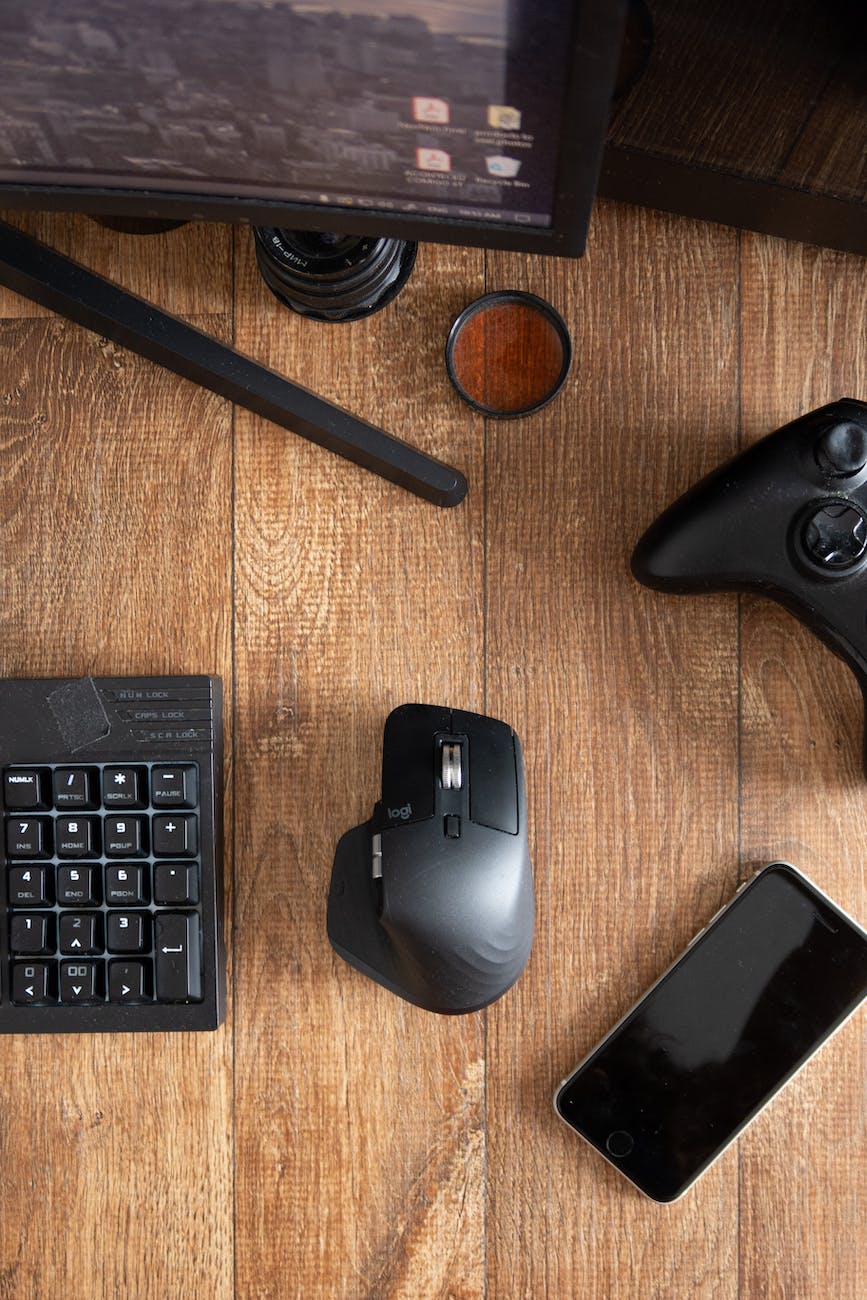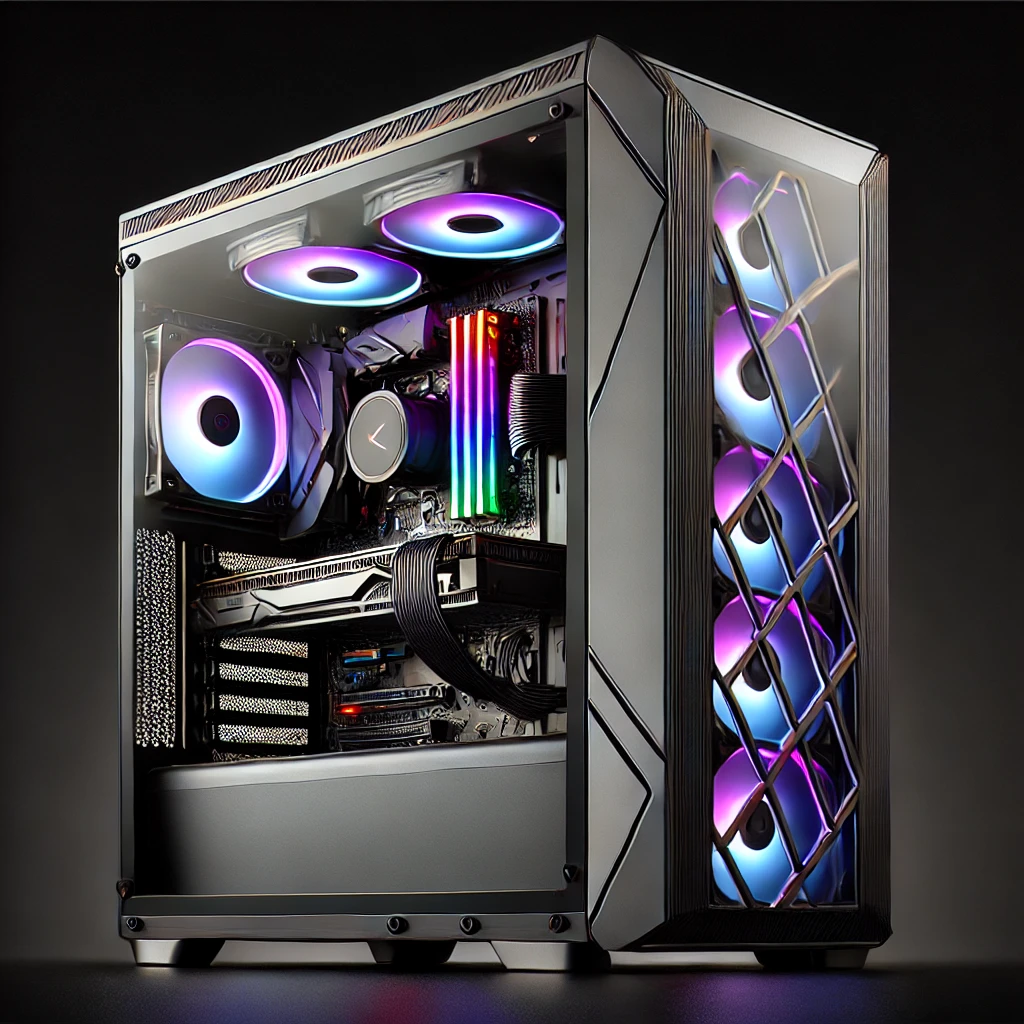Your cart is currently empty!

In the world of personal computing, the Microsoft Windows operating systems has been a dominant force for decades, powering countless devices across the globe. Over the years, Windows has evolved significantly, with various iterations catering to the ever-changing needs of users. In this comprehensive blog post, we will explore the differences between the most prominent Windows operating systems, from Windows 1.0 to the latest releases. So, let’s embark on a journey through the Windows timeline and uncover the unique features and improvements that each version brought to the table.
- Windows 1.0 (1985)
Windows 1.0 was the very first graphical user interface (GUI) for MS-DOS-based computers. It introduced the concept of overlapping windows, icons, and the mouse-driven interface. However, it lacked multitasking capabilities and was primarily a graphical shell for MS-DOS.
- Windows 3.1 (1992)
Windows 3.1 was a major improvement over its predecessors, offering better multitasking and improved graphics support. It introduced features like TrueType fonts and the Control Panel, which are still part of Windows today.
- Windows 95 (1995)
Windows 95 marked a significant milestone with its revolutionary Start Menu, taskbar, and Plug and Play support. It brought a more user-friendly interface and better 32-bit application support.
- Windows 98 (1998)
Windows 98 built upon the success of Windows 95, offering improved performance and enhanced hardware support. It introduced the Windows Driver Model (WDM) and the Internet Explorer 4 web browser.
- Windows ME (Millennium Edition) (2000)
Windows ME aimed to improve multimedia capabilities and enhance home networking features. However, it was plagued by stability issues and didn’t gain as much popularity as its predecessors.
- Windows 2000 (2000)
Windows 2000 was the first NT-based operating system designed for both businesses and consumers. It offered enhanced security, stability, and support for larger amounts of RAM. It also introduced Active Directory for managing network resources.
- Windows XP (2001)
Windows XP is arguably one of the most beloved Windows versions. It combined the stability of Windows 2000 with a user-friendly interface. XP was available in two editions: Home and Professional, catering to various user needs.
- Windows Vista (2007)
Windows Vista introduced a visually stunning interface but faced criticism for its high system requirements and compatibility issues with existing software and hardware.
- Windows 7 (2009)
Windows 7 was a return to form for Microsoft. It fixed many of the issues in Vista, offering improved performance, stability, and a refined user experience. It remained a popular choice for users for a long time.
- Windows 8 and 8.1 (2012)
Windows 8 brought a touch-centric interface, which was divisive among users. Windows 8.1 addressed some concerns and reintroduced the Start button, making it more accessible to traditional desktop users.
- Windows 10 (2015)
Windows 10 aimed to unify the Windows experience across devices, including PCs, tablets, and smartphones. It introduced features like Cortana, virtual desktops, and the Windows Store for apps.
- Windows 11 (2021)
Windows 11 is the latest major release, featuring a centered Start Menu, enhanced gaming capabilities, and improved window management. It also has stricter hardware requirements compared to Windows 10.
Conclusion
The Windows operating system has come a long way since its inception in 1985. Each version has brought unique features, improvements, and challenges. Choosing the right Windows version depends on your specific needs, whether you’re a business user, a gamer, or a casual computer user. As Microsoft continues to evolve its flagship operating system, Windows, it’s essential to stay up-to-date with the latest features and compatibility requirements to make the best choice for your computing needs.
Discover more from LithGeek Custom Gaming Computers
Subscribe to get the latest posts sent to your email.
by
Tags:


